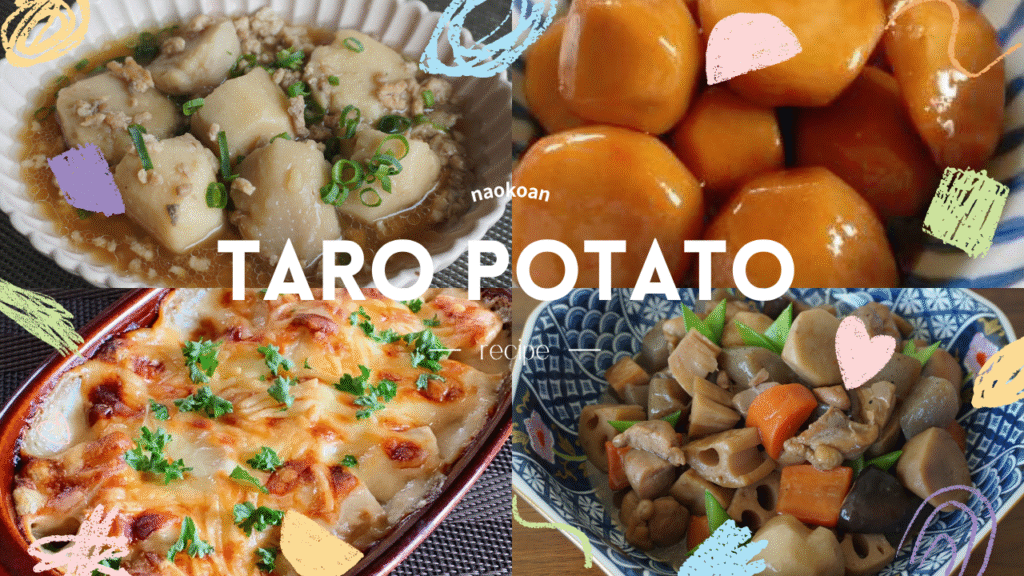
What kind of food is taro??
satoimo = taro
In Japan, taro, potato, yam, sweet potato, etc. are classified as imo group.
Taro is said to have been introduced to Japan from other countries during the Jomon period (13000 BC to 500 BC; this is not accurate).
Potatoes and sweet potatoes became popular during the Edo period (1600-1868), so you can see how taro has been popular since ancient times.
Small taro (magoimo) grows around a large taro (oyaimo). Oya refers to parents, and mago refers to grandchildren.
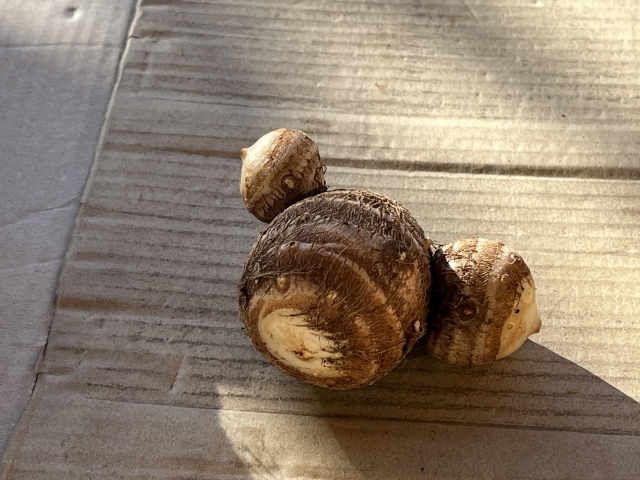
For this reason, taro has become a lucky charm that symbolizes a rich harvest and the prosperity of descendants.
The event held on the day called ”chushu no meigetsu (中秋の名月)” is called ”Otsukimi(お月見)”.
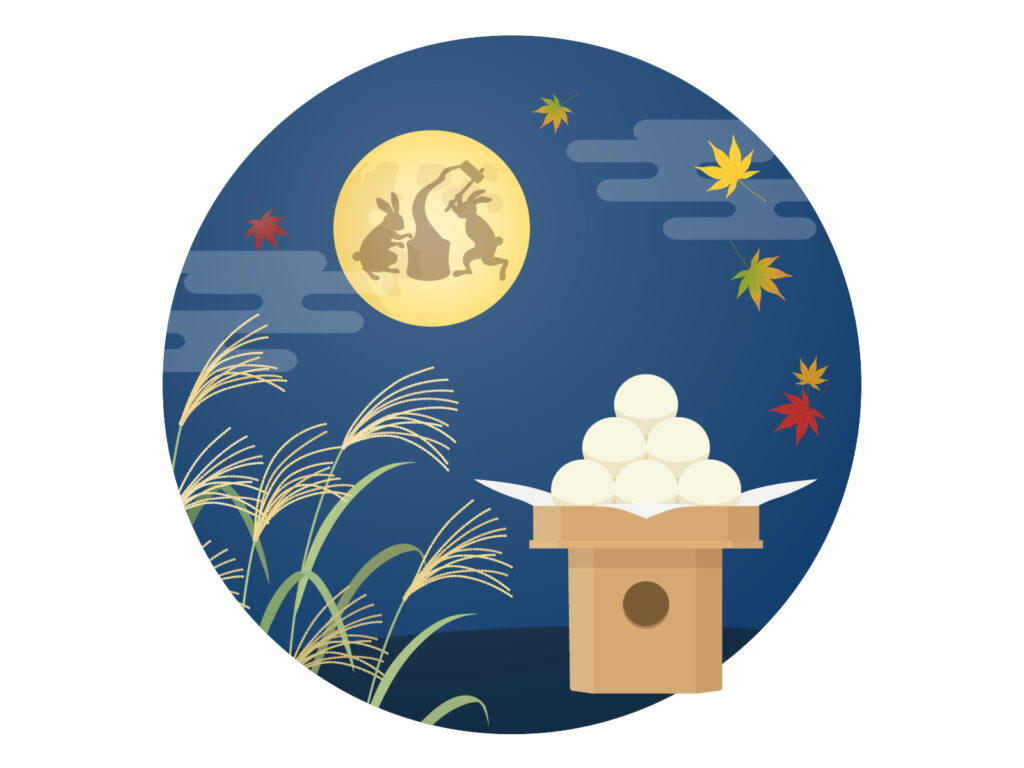
tsuki = moon chushu no meigetsu = beautiful moon in autumn
In autumn, staple foods such as rice and potatoes are harvested. Ancient people admired the moon, shared the joy of harvest, and were grateful.
On Otsukimi Day, we offer food in a round shape that resembles the full moon. In the Edo period, it was common to offer taro, which was in season in the fall. (These days, dango is more common than taro.)
About the ingredients of taro
Taro’s unique sticky texture is due to water-soluble dietary fibers called ”galactan” and glucomannan.”
When taro gets wet, it becomes slimy because the water-soluble dietary fiber dissolves in the water.
When peeling the taro, be careful not to get the taro wet as it may slip.
Additionally, when you wash or cut taro, your hands may become itchy due to the calcium oxalate.
It will subside quickly, but if you have sensitive skin, I recommend using rubber gloves that fit tightly onto your hands.
When you cut a taro, the outside may turn red or red spots may appear inside.
This is because anthocyanin, a type of polyphenol, is oxidized.
There is no harm in eating it, but the flavor tends to deteriorate, so please eat it as soon as possible.
Recipes using Taro Potato
Here are some recipes using Taro Potato. : Each article has details, so be sure to check them out.
Chikuzenni
Chikuzenni is a dish of ingredients such as chicken, burdock root, and lotus root that are simmered in soy sauce and sugar.
This dish was originally made in the Chikuzen region of Fukuoka prefecture and was called “gameni.” It has since spread throughout the country under the name Chikuzenni.
Chikuzenni is a staple of home cooking, and when people eat it, it brings back memories of home and makes them feel nostalgic.
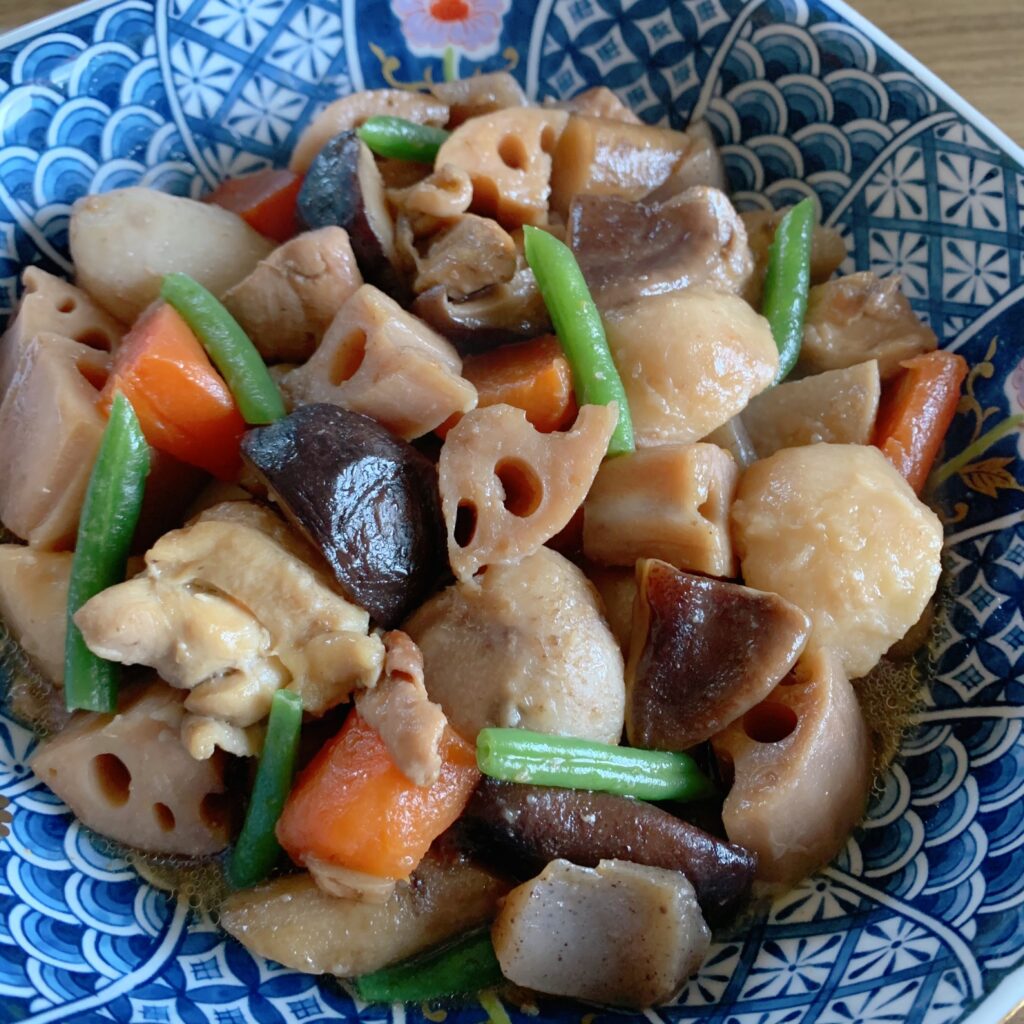
Satoimo soboroni
Soboroni is a word that refers to simmered dishes using ground meat.
This is a simple dish that just requires putting seasonings, taro and ground pork in a pressure cooker and simmering for 2 minutes.
It’s easy and cost-effective, as it only requires two main ingredients. You can use either chicken or pork for the ground meat (ground beef is too fatty).
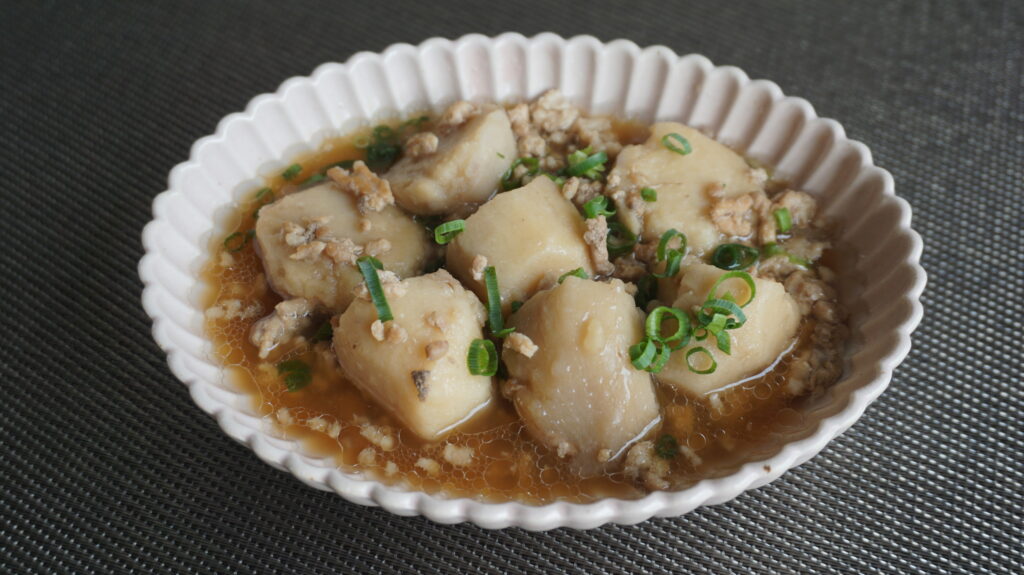
Satoimo nikkorogashi
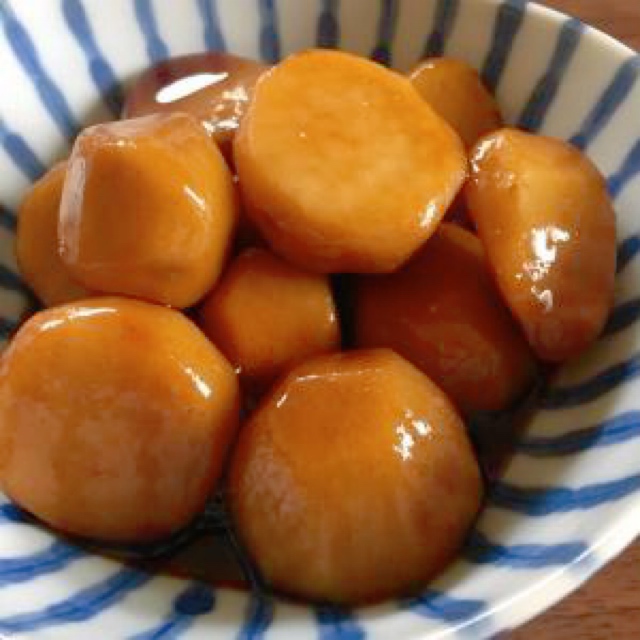
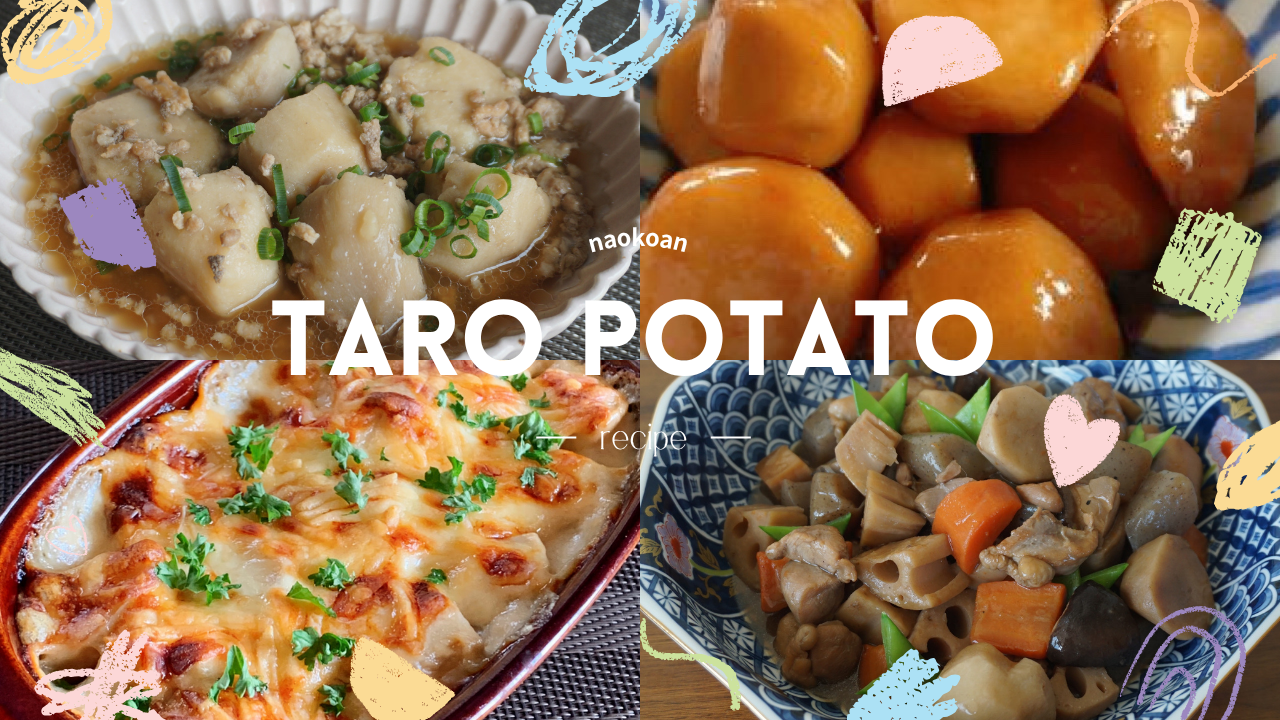


コメント